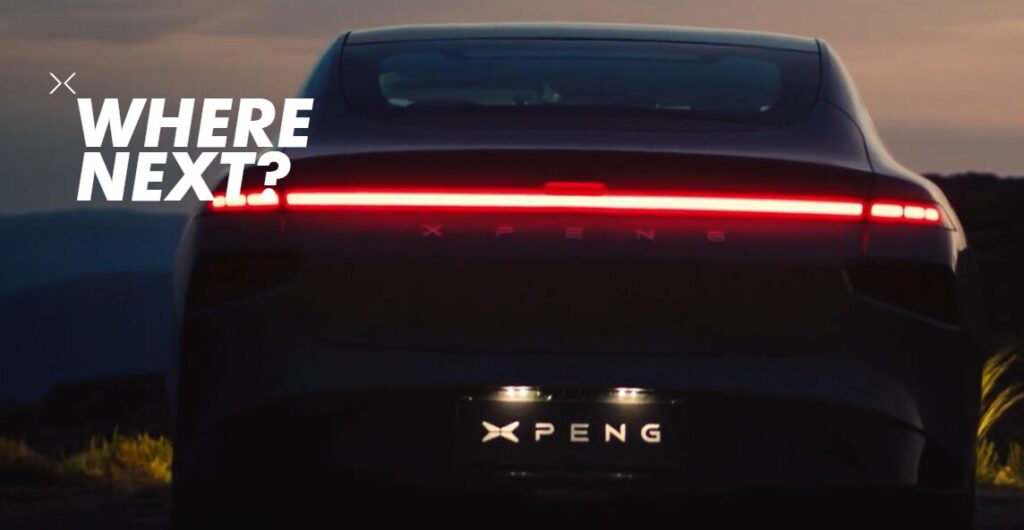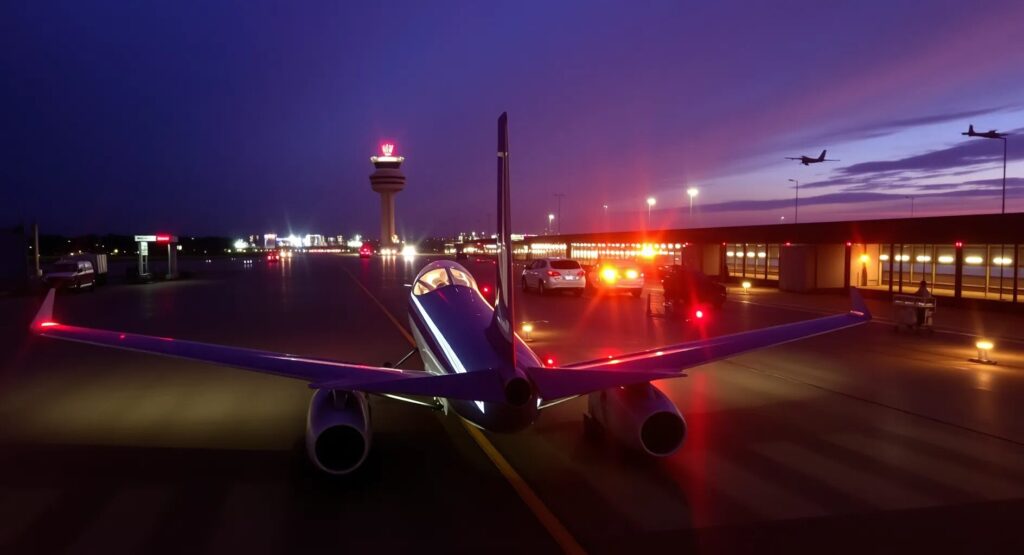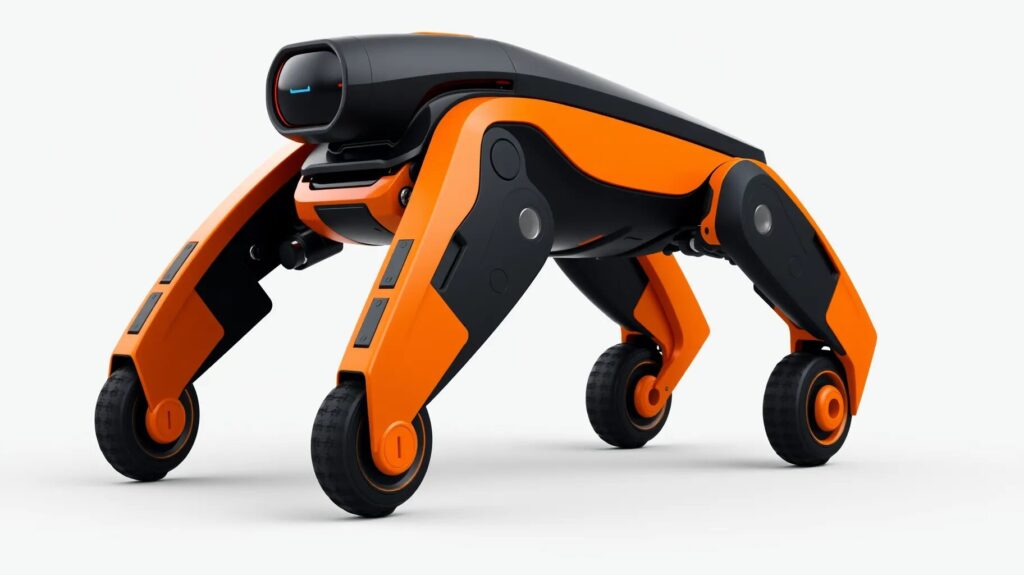
Redefining the Future of Mobility
In the fast-evolving world of electric vehicles (EVs), Xpeng is carving out a distinct path. The Chinese automaker, known for its cutting-edge, zero-emission vehicles, has set its sights on a revolutionary goal: delivering a “robotics-like” driving experience by 2025. This ambitious vision reflects not just a push for innovation but also a strategic move to solidify its position in a highly competitive market.
A Global Growth Trajectory
Xpeng’s international expansion has been nothing short of impressive. As of the second quarter of 2024, the company has seen its overseas sales exceed 10% of its total sales—a significant milestone for a relatively young player in the global EV market. The company’s overall performance in Q2 2024 was robust, with revenues skyrocketing by 60% compared to the previous year. Vehicle deliveries, a critical metric for any automaker, also grew by 30%, underscoring the increasing demand for Xpeng’s offerings.
Financial Gains Amid Challenges
Despite the global success and growth in deliveries, Xpeng still faces financial challenges, particularly in terms of profitability. The company reported a net loss in Q2 2024, albeit a significantly reduced one—from CN¥2.8 billion (approximately US$392 million) to CN¥1.28 billion. This reduction in losses indicates that Xpeng is on the right track, balancing expansion with cost management. However, the company’s leadership is looking beyond these numbers, focusing on what could be a game-changer for the future: artificial intelligence.
Banking on AI: The Next Frontier
AI is at the heart of Xpeng’s vision for the future. The company is not just following trends but is aiming to set them by integrating advanced AI technologies into its vehicles. The idea of a “robotics-like” driving experience goes beyond conventional autonomous driving. It suggests a future where the vehicle operates with a level of intelligence and adaptability that mirrors, or even surpasses, human capabilities.
What Is ‘Robotics-Like’ Driving?
The term “robotics-like” driving, as envisioned by Xpeng, points to an AI-driven system that can anticipate and react to various driving scenarios with precision and speed. This system would use a combination of machine learning, computer vision, and sensor fusion technologies to create a seamless driving experience. The goal is to make the vehicle feel like an extension of the driver, understanding and executing complex tasks with minimal human intervention.
Competitive Edge in a Crowded Market
In an increasingly crowded EV market, where giants like Tesla, BYD, and traditional automakers are all vying for dominance, Xpeng’s focus on AI could be its unique selling proposition. By pushing the boundaries of what autonomous driving technology can achieve, Xpeng aims to offer something that few competitors can—a truly intelligent driving experience that feels almost alive.
The Road Ahead: Challenges and Opportunities
However, the road to a “robotics-like” driving experience is not without its challenges. Developing such advanced AI systems requires significant investment in research and development, and the technology itself must undergo rigorous testing to ensure safety and reliability. Moreover, there are regulatory hurdles to consider, as governments worldwide are still grappling with the implications of fully autonomous vehicles on public roads.
Strategic Investments and Partnerships
To achieve its ambitious AI goals, Xpeng has been making strategic investments and forming key partnerships. Collaborations with tech giants and AI research institutions are likely on the horizon, as these alliances could accelerate the development and deployment of the necessary technologies. Furthermore, Xpeng’s investment in AI extends beyond just vehicles; it includes smart manufacturing, robotics, and other aspects of its operations, all aimed at creating a more efficient and innovative ecosystem.
Customer Experience at the Forefront
At the heart of Xpeng’s strategy is the customer. The company understands that the success of its AI-driven vehicles will depend heavily on the user experience. As such, Xpeng is likely to focus on making the transition to AI-enhanced driving as seamless and intuitive as possible for its customers. This means developing user-friendly interfaces, offering comprehensive support, and ensuring that the technology is accessible to a broad audience.

The Tech Behind Xpeng’s Robotic Cars
At the heart of Xpeng’s vision for a “robotics-like” driving experience lies a suite of advanced AI technologies. These innovations are not just incremental improvements; they represent a significant leap toward fully autonomous vehicles capable of interacting with their environment in a sophisticated and human-like manner. Let’s delve into the key technologies that Xpeng is leveraging to make this vision a reality and how they stack up against competitors like Tesla, Waymo, and traditional automakers transitioning to autonomous driving.
Machine Learning: The Brain of the Operation
Machine learning is the cornerstone of Xpeng’s AI strategy. This technology allows the vehicle to learn from vast amounts of data, continuously improving its decision-making abilities. Xpeng’s cars are designed to analyze real-time data from various sensors, adjusting to new driving conditions and refining their algorithms for better performance.
In comparison, Tesla also heavily relies on machine learning, particularly with its neural networks. Tesla’s system benefits from the vast amounts of driving data collected from its extensive fleet, enabling continuous learning and updates. Waymo, on the other hand, uses a combination of machine learning and rule-based systems, offering a different approach that emphasizes safety and predictability.
Computer Vision: Seeing the World in High Definition
Computer vision is what enables Xpeng’s vehicles to interpret and understand their surroundings. This technology uses cameras and sensors to create a detailed map of the environment, identifying objects, pedestrians, road signs, and other vehicles with high accuracy. Xpeng’s cars use this data to navigate complex environments, making split-second decisions that enhance safety and efficiency.
Tesla’s approach to computer vision is similarly robust, with its Autopilot system relying almost entirely on cameras rather than LiDAR. Tesla believes that vision-based systems can achieve a level of safety comparable to human drivers. However, Waymo takes a different route by integrating LiDAR, radar, and cameras, offering a multi-layered approach that provides a comprehensive understanding of the environment.
Sensor Fusion: Integrating Data for Enhanced Perception
Sensor fusion is the process of combining data from different sensors to create a more accurate and reliable perception of the vehicle’s surroundings. Xpeng uses sensor fusion to integrate inputs from cameras, radar, and ultrasonic sensors, ensuring that the vehicle can detect and respond to obstacles in various conditions, including low light or poor weather.
Tesla’s strategy is somewhat controversial in that it has moved away from radar in favor of an all-camera system, relying on advanced AI to interpret visual data. This has sparked debate in the industry, with some experts questioning whether cameras alone can provide the reliability needed for full autonomy. Waymo and other traditional automakers like BMW and Mercedes-Benz continue to use sensor fusion with a combination of LiDAR, radar, and cameras to maximize safety and perception.
Advanced Driver-Assistance Systems (ADAS): The Road to Full Autonomy
Advanced driver-assistance systems (ADAS) represent the bridge between current driving technologies and the fully autonomous vehicles of the future. Xpeng’s ADAS suite includes features like adaptive cruise control, lane-keeping assist, automated parking, and more. These systems are designed to reduce driver workload while significantly improving safety.
Tesla’s Full Self-Driving (FSD) package offers a comparable, albeit more aggressive, set of features, including navigate on Autopilot, which can handle freeway driving from on-ramp to off-ramp with minimal driver intervention. Waymo, meanwhile, has focused on developing a fully autonomous solution from the ground up, with its Waymo Driver system operating without human intervention in select areas.
Xpeng vs. the Competition: A Technology Showdown
When comparing Xpeng’s AI technologies with those of its competitors, several distinctions emerge. Xpeng’s approach is methodical, integrating machine learning, computer vision, and sensor fusion in a way that emphasizes safety and gradual progression toward full autonomy. This contrasts with Tesla’s more audacious strategy, which often pushes the envelope in terms of what AI can do today. Meanwhile, Waymo represents the gold standard in safety-first, fully autonomous driving, though its approach is less commercially widespread than Tesla’s or Xpeng’s.
Traditional automakers, including GM with its Cruise division, BMW, and Mercedes-Benz, are also making significant strides in AI and autonomous driving. These companies typically adopt a more conservative approach, ensuring that their ADAS and AI systems are thoroughly tested and validated before being deployed at scale. This gives them a slight edge in terms of safety perception but often means they lag behind in terms of innovation speed compared to tech-first companies like Tesla and Waymo.
The Path to 2025: What’s Next?
As Xpeng pushes towards its 2025 goal, the company’s ability to integrate these AI technologies into a cohesive, reliable, and user-friendly package will be critical. Success will require not just technological innovation but also effective marketing, regulatory navigation, and continuous improvements based on real-world data.
For consumers and industry watchers, Xpeng’s journey offers a fascinating glimpse into the future of driving—one where vehicles are not just tools but intelligent partners that learn, adapt, and enhance the driving experience in ways we are only beginning to imagine.
Conclusion: A Bold Bet on the Future
Xpeng’s pursuit of a “robotics-like” driving experience by 2025 is more than just a technological challenge; it’s a bold bet on the future of mobility. By leveraging AI, Xpeng is not only aiming to enhance its product offerings but also to redefine the relationship between driver and vehicle. As the countdown to 2025 continues, all eyes will be on Xpeng to see if it can turn this ambitious vision into reality.
Hyperlinks:
- Learn more about Xpeng’s latest developments





